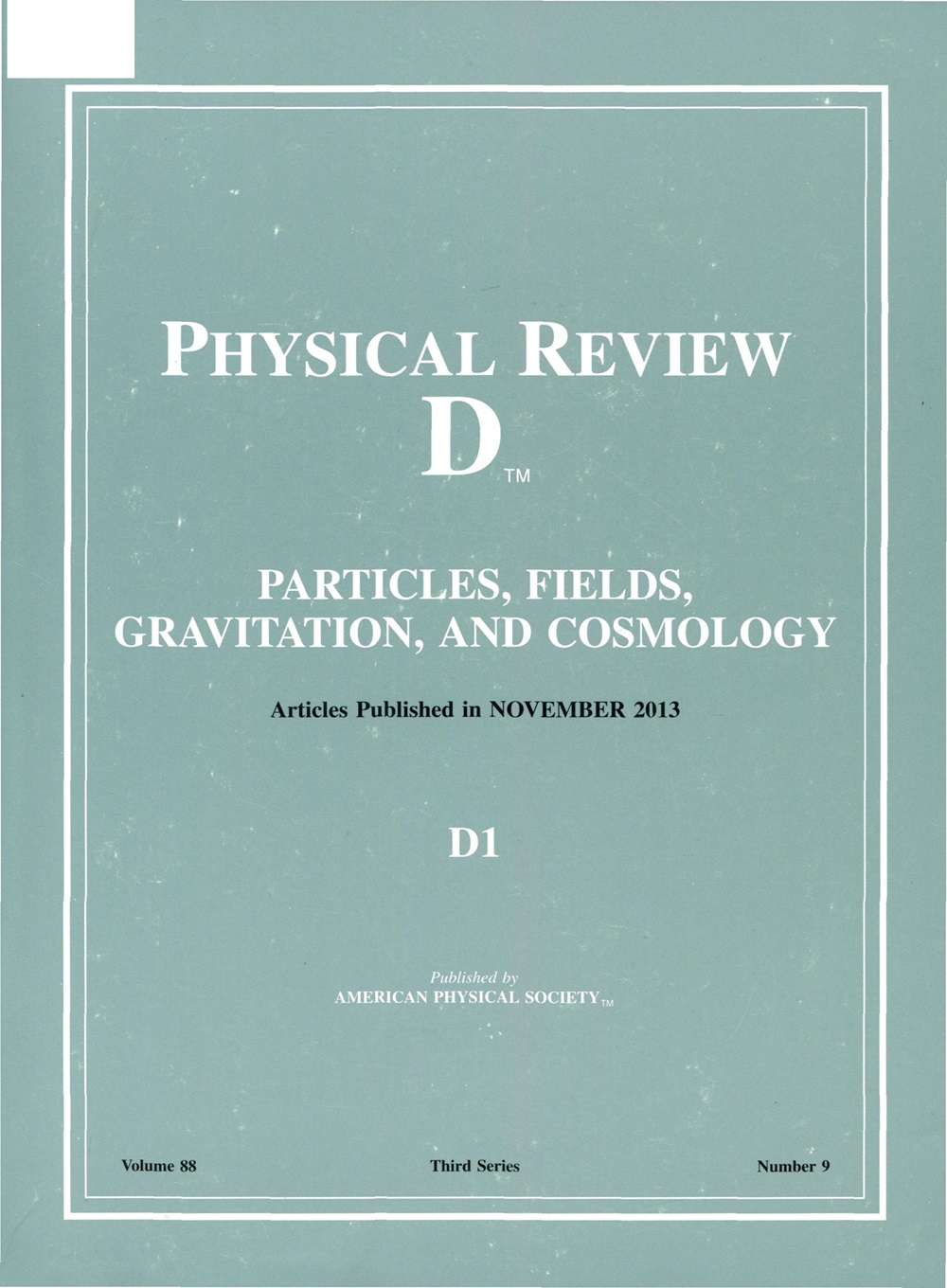One-loop off-shell quark-gluon vertex in arbitrary gauge and dimensions: A streamlined approach through the second-order formalism of QCD
IF 5
2区 物理与天体物理
Q1 Physics and Astronomy
引用次数: 0
Abstract
The standard Feynman rules used for perturbative calculations in quantum chromodynamics (QCD) are derived from a Lagrangian that is first-order in derivatives. It includes a three-point quark-gluon vertex which obscures the precise disentangled manner in which spin and momentum are interchanged during these interactions. An unambiguous understanding of this interchange is insightful for efficiently extracting physically relevant information from various Green’s functions. To separate the scalar and spin degrees of freedom and gain physical insight from the outset, we examine the quark-gluon vertex using the less commonly employed second-order formalism of QCD. We compute this off-shell vertex in arbitrary space-time dimensions and covariant gauges by using scalar integrals with shifted dimensions, which include higher powers of the propagators, within a combined first- and second-order formalism. This approach naturally identifies the transverse components of the quark-gluon vertex, even before evaluating the tensor Feynman integrals. Our results are in complete agreement with those obtained from the first-order formalism. We also compute the on-shell version of this vertex using exclusively the second-order formalism, facilitating a precise identification of spin and momentum interchange. Through analyzing the Pauli form factor at k2=0 (where求助全文
约1分钟内获得全文
求助全文
来源期刊

Physical Review D
物理-天文与天体物理
CiteScore
9.20
自引率
36.00%
发文量
0
审稿时长
2 months
期刊介绍:
Physical Review D (PRD) is a leading journal in elementary particle physics, field theory, gravitation, and cosmology and is one of the top-cited journals in high-energy physics.
PRD covers experimental and theoretical results in all aspects of particle physics, field theory, gravitation and cosmology, including:
Particle physics experiments,
Electroweak interactions,
Strong interactions,
Lattice field theories, lattice QCD,
Beyond the standard model physics,
Phenomenological aspects of field theory, general methods,
Gravity, cosmology, cosmic rays,
Astrophysics and astroparticle physics,
General relativity,
Formal aspects of field theory, field theory in curved space,
String theory, quantum gravity, gauge/gravity duality.
 求助内容:
求助内容: 应助结果提醒方式:
应助结果提醒方式:


